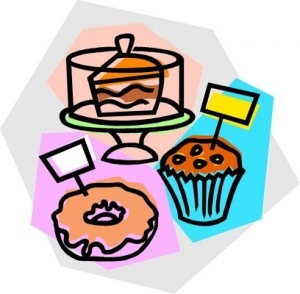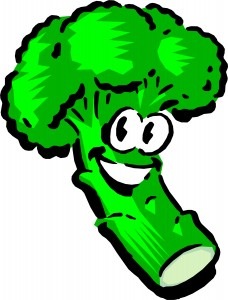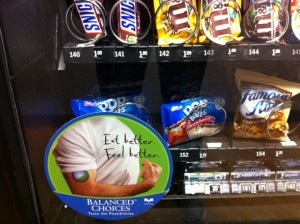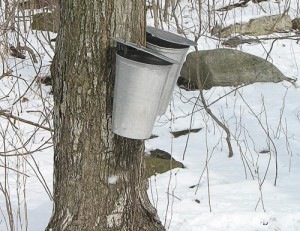I love dogs and I love my hometown, New York City. Who says all city residents are Type A and harried? Maybe we could learn a thing or two from our four legged friends who appear to be well fed, content, and happy.
Pets can help to keep you healthy and certainly can be an incentive to go for a nice long walk.





